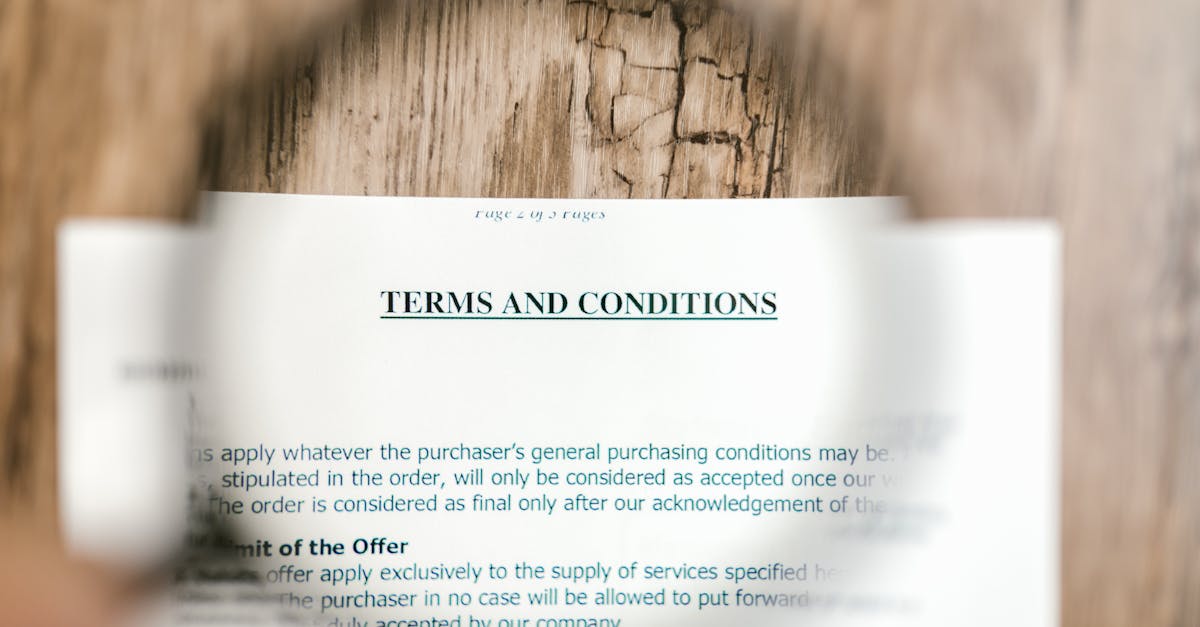
Introduction
Why this matters: Deals stall in inboxes, contracts get manual errors, and compliance teams lose time reconciling versions — all of which slow revenue and introduce risk. In a world of distributed buyers and fast-moving sales cycles, the right e-signature integration speeds execution, reduces friction for customers, and gives legal and ops the auditability they need.
What you’ll get: Document automation — mapping CRM fields to templates, routing conditional approvals, preserving tamper‑evident audit trails, and triggering post‑sign workflows — turns signatures into operational outcomes. The sections that follow walk through choosing an integration approach (managed package, API‑first or middleware), mapping Opportunities/Quotes/Orders, automating approvals and reminders, maintaining compliance, improving buyer UX, and handing off signed agreements into CLM, revenue ops and fulfillment so signatures actually move the business forward.
Integration approaches: managed package vs API‑first vs middleware connectors
Choose the approach that fits your org size, release cadence and IT resources.
Managed package
Managed packages (for example a Salesforce app) give fast time-to-value. They expose pre-built UI components, an e-signature connector and out-of-the-box mapping for common objects. Use this when you want predictable upgrades and minimal engineering effort — especially for teams adopting e-signature integration salesforce quickly.
API-first (e-signature api / SDKs)
The API-first route (using an e-signature api or SDK) gives maximum flexibility: you control templates, UI, identity verification and the user experience. This is ideal for deep product integrations or custom portals where you need to support web, mobile or embedded signing with fine-grained control over security and branding.
Middleware connectors (iPaaS)
Middleware or iPaaS (Zapier, Workato, MuleSoft) sit between systems and are great for organizations that want quick automation without writing integration code. They let you glue CRMs, accounting and CLM tools together with an e-signature software integration and reduce operational overhead.
How to pick:
- Use a managed package for speed and consistency (low-code teams).
- Use API-first/SDK for custom UX, advanced identity, or when you need embedded signing.
- Use middleware when you need cross-system wiring (e.g., e-signature integration zapier) and low maintenance.
Mapping Salesforce objects to signature templates: opportunities, quotes and orders
Map CRM data to signature templates to eliminate manual steps and reduce errors.
Opportunities
Link opportunity fields (amount, close date, salesperson) to contract templates so every contract draft pulls current deal data. This is essential for automated approvals and revenue ops reconciliation.
Quotes
When a quote becomes final, merge line items, pricing, discounts and terms into a signature-ready document. Consider using versioned templates for sales agreements and include a direct link to a signature set like Sales Agreement for standardization.
Orders
Map order numbers, fulfillment instructions and billing terms into purchase or service contracts. For B2B procurement flows use a template such as Purchase Agreement or Service Agreement where appropriate.
Implementation tips:
- Use field-level mappings and formula fields instead of manual copy-paste.
- Keep templates modular: separate pricing tables from general terms so updates are faster.
- Maintain a single source of truth for signature templates (integrate with CLM) to avoid discrepancies.
Automating approvals, reminders and conditional signer routes inside the CRM
Automate routing and notifications to keep deals moving and reduce signature lag.
Automated approvals
Trigger approval workflows based on opportunity thresholds, discount levels or product families. Tie approval outcomes to the signature process so only approved versions are sent for signing.
Reminders and escalations
Set configurable reminders and escalation rules via the CRM or middleware. Use scheduled jobs or platform-native flows to send reminders, and log each reminder in the audit trail for compliance.
Conditional signer routes
Use conditional logic to determine signers — e.g., if revenue > X require CFO signature, or add procurement for purchase orders. Implement branching signer flows through the e-signature platform or orchestrate with the CRM’s process engine.
Practical patterns:
- Keep signer order deterministic unless business rules require parallel signing.
- Store signer roles and contact methods on related objects to enable reusability.
- Use webhook callbacks to update signer status in Salesforce and trigger downstream actions (e.g., activation workflows).
Preserving audit trails and compliance: timestamping, certificates and DPA considerations
Design for evidentiary strength and data privacy from day one.
Audit trails & timestamping
Ensure every signing event records who, when, where and how consent was given. Timestamping, IP captures and device metadata boost the probative value of digital signatures.
Certificates & secure digital authentication
Use cryptographic certificates and tamper-evident hashes to secure signed documents. Consider adding api-based identity verification (SMS, ID checks, KBA) for higher-risk contracts.
Data Processing Agreements (DPA) & legal compliance
Ensure the e-signature vendor signs a DPA and supports regional requirements (e.g., eIDAS in EU, ESIGN & UETA in the US). Keep retention policies, export controls and cross-border transfer rules documented.
Operational checklist:
- Capture the full audit log and store a signed, versioned copy in CLM.
- Retain certificates and chain-of-custody metadata alongside the document.
- Review vendor SOC reports, encryption standards and DPA clauses before production.
Best practices for inline preview, mobile signing, and reducing friction for buyers
Prioritize effortless signing experiences while maintaining security.
Inline preview
Offer an embedded document preview so buyers can read and sign without leaving the app. Use pre-filled fields and clear CTAs to minimize confusion and reduce abandonment.
Mobile-first signing
Ensure forms and signature hotspots are responsive and thumb-friendly. Support mobile-native flows (SMS link, deep-link into app) and test across devices.
Reduce friction
Minimize required fields, autofill from CRM data, and use role-based defaults. Consider social or SSO options for identity where appropriate. Also support integrations across platforms like e-signature integration wordpress, e-signature integration hubspot and e-signature integration zapier for consistent UX across touchpoints.
UX checklist:
- Provide a clear summary page with key terms before signing.
- Offer alternative signing methods (typed name, click-to-sign, certificate-based) based on contract risk.
- Measure drop-off and A/B test CTAs to continuously reduce friction.
Post‑sign automation: CLM handoff, revenue ops updates and fulfillment triggers
Turn signatures into operational outcomes with automated handoffs.
CLM handoff
Automatically publish signed documents and metadata into your CLM for lifecycle tracking, renewals and redlining. Use standardized naming and tags so legal and renewals teams can find agreements quickly. For common templates check sets like the SaaS Agreement.
Revenue ops & finance updates
Trigger revenue recognition, billing runs and opportunity stage changes on signature completion. Push signed document links and key fields back into CRM so revenue ops can reconcile and forecast accurately.
Fulfillment and downstream triggers
Use webhooks or middleware to create fulfillment orders, provisioning tickets or vendor purchase requests when a contract is signed. Make the signed document the single source for fulfillment instructions to avoid gaps between sales and operations.
Integration patterns:
- Use reliable event delivery (retries, dead-letter queues) for webhook-based flows.
- Store immutable signed PDFs and associated certificates in both CLM and a long-term archive.
- Automate renewal notices and CLM tasks so nothing falls through when deals move to post-sales.
Summary
Bringing e-signature integration into your Salesforce workflows turns signatures from a manual step into an operational trigger — mapping Opportunities, Quotes and Orders to templates, enforcing conditional approvals, preserving tamper‑evident audit trails, and automating CLM, revenue and fulfillment handoffs. For HR and legal teams this means fewer data entry errors, faster onboarding and renewals, clearer compliance evidence, and a single source of truth for signed agreements. Start with the integration approach that matches your team’s capacity (managed package for speed, API for customization, or middleware for cross‑system wiring) and expand automation where it delivers the most operational value. Learn more and explore templates at https://formtify.app.
FAQs
What is e-signature integration?
e-signature integration connects your signing platform to other systems (like Salesforce, CLM or HR tools) so documents are prefilled, routed, and captured automatically. It removes manual handoffs and creates an auditable trail that compliance and legal teams can rely on.
How does an e-signature API work?
An e-signature API lets your applications create templates, send signing requests, and receive real‑time callbacks or webhooks about signer events. APIs also support document generation, identity checks and retrieval of signed PDFs and certificates so you can automate downstream processes.
Which e-signature providers support integrations?
Most leading providers offer integrations and APIs — examples include DocuSign, Adobe Sign, and Dropbox Sign (HelloSign) — along with marketplace packages for CRMs and iPaaS connectors. Choose a vendor that provides the SDKs, audit features and compliance reports your legal and IT teams require.
Are e-signatures legally binding?
Yes — when implemented according to applicable rules (for example ESIGN and UETA in the US or eIDAS in the EU), electronic signatures are generally enforceable. Maintain detailed audit logs, use appropriate identity verification for higher‑risk transactions, and ensure vendor DPAs and retention policies meet your regulatory needs.
How do I integrate e-signatures with Salesforce?
Integration options include installing a managed package for quick setup, using an API/SDK for embedded or custom UX, or wiring systems with middleware like MuleSoft or Workato. Map CRM fields to templates, automate approvals and reminders, and use webhooks to update records and trigger post‑sign workflows so signatures drive operational outcomes.





